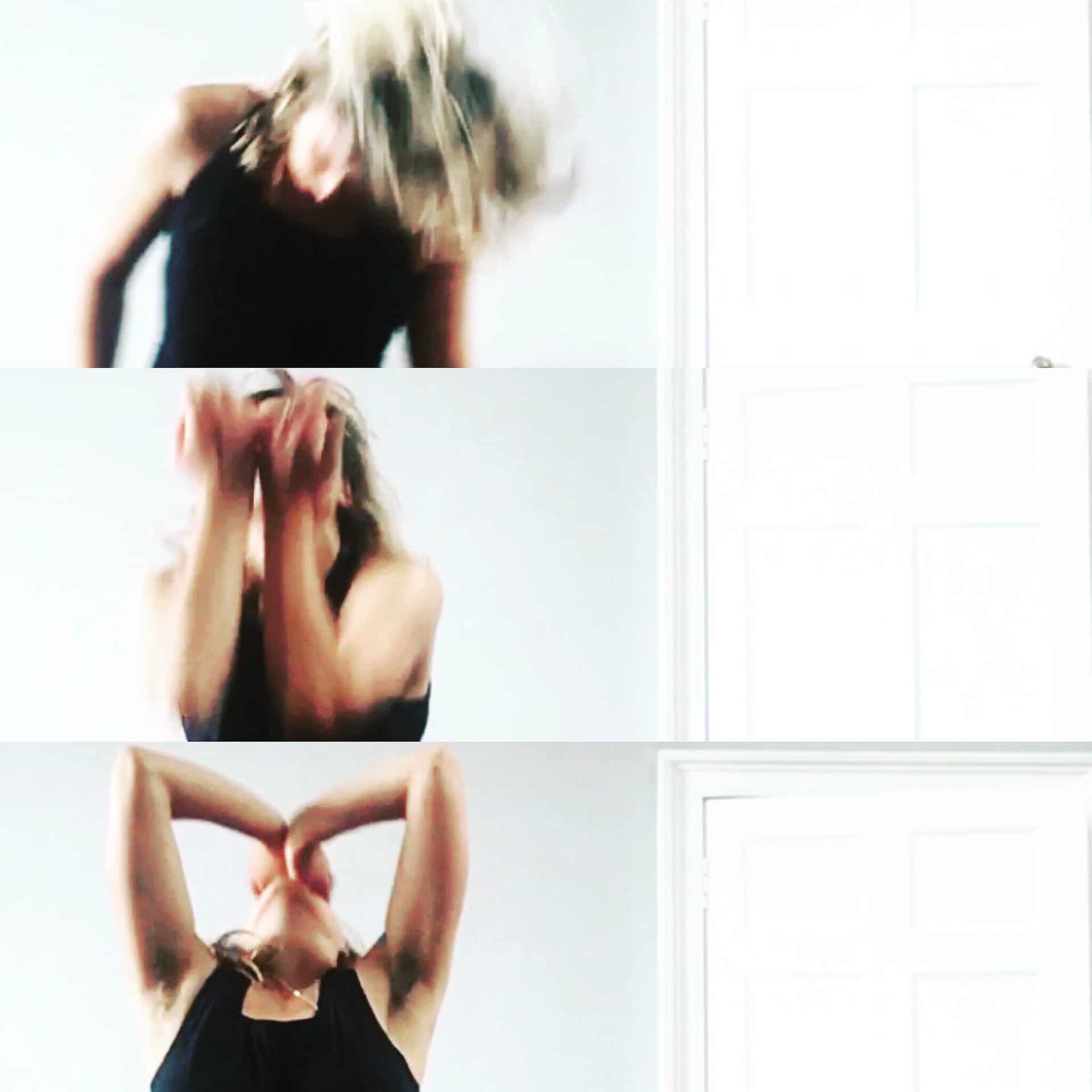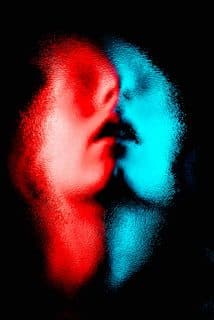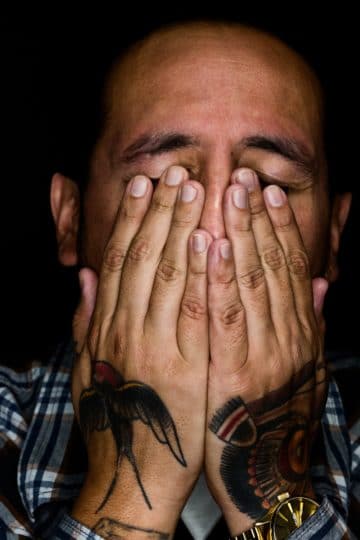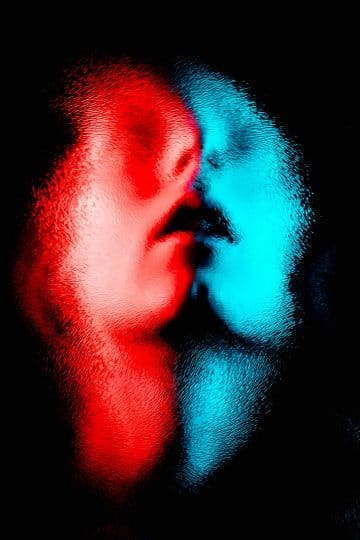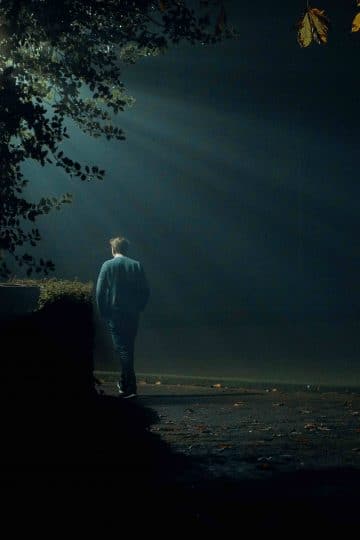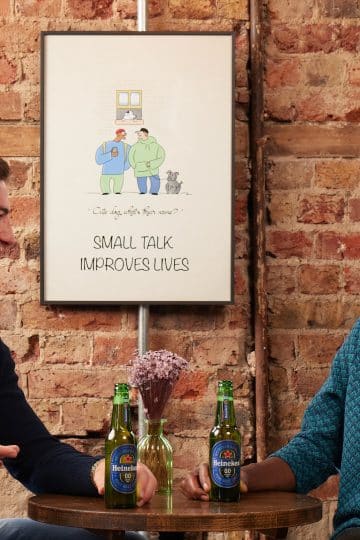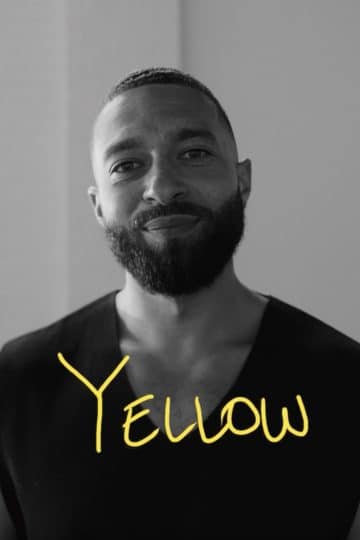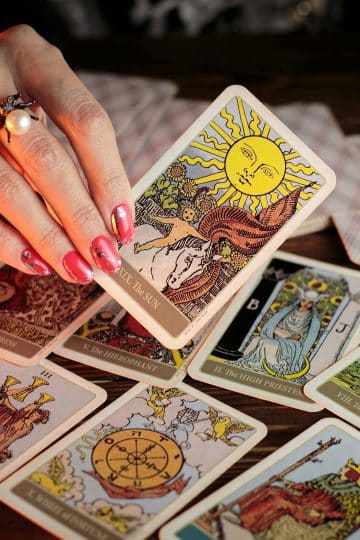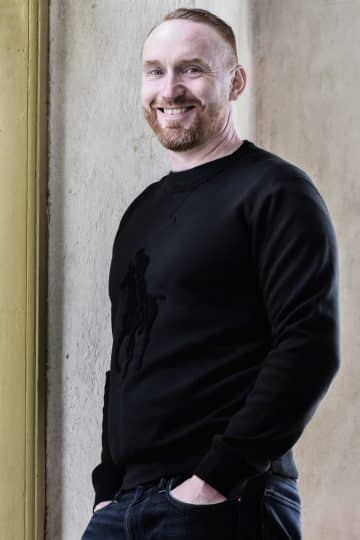Dancing to Better Mental Health
Mental Health
Charlotte Boyd, a practitioner in using sound and movement to improve mental health, writes about the transformations that can occur when you are given a safe space to express yourself through your body.
When my mental health becomes a bit unstable, I now know what I need to do. Turning up the music, dancing wildly, shaking my body, tapping and just feeling into where things have got stuck is my only remedy. If the intrusive thoughts begin and the old patterns of inner-abusive language towards my body creep in, I have to move my body, to feel the emotions and allow them to emerge, process with the aim to find release. I have learnt to LOVE my body, to worship it, to listen to it, to honour and respect it. After years and years of self harm through bulimia and negative thought patterns, my body had no room to breathe, to be or to flow.
I used to be a raver and once the hedonism stopped, so did the dancing and the body image issues returned along with the feelings of low self-esteem. It took me years to realise that I could still dance and this time consciously, to build a relationship, a connection, a friendship with my body. To be totally wild in the process that didn’t involve a week long come-down and days of feelings of guilt, shame and self annihilation that I could never fully shake off. I learnt about how emotions are held in our body and read many books that scientifically proved this, such as The Body knows the score by Bessel van der Kolk, although all quite ancient concepts from many different cultures and traditions.
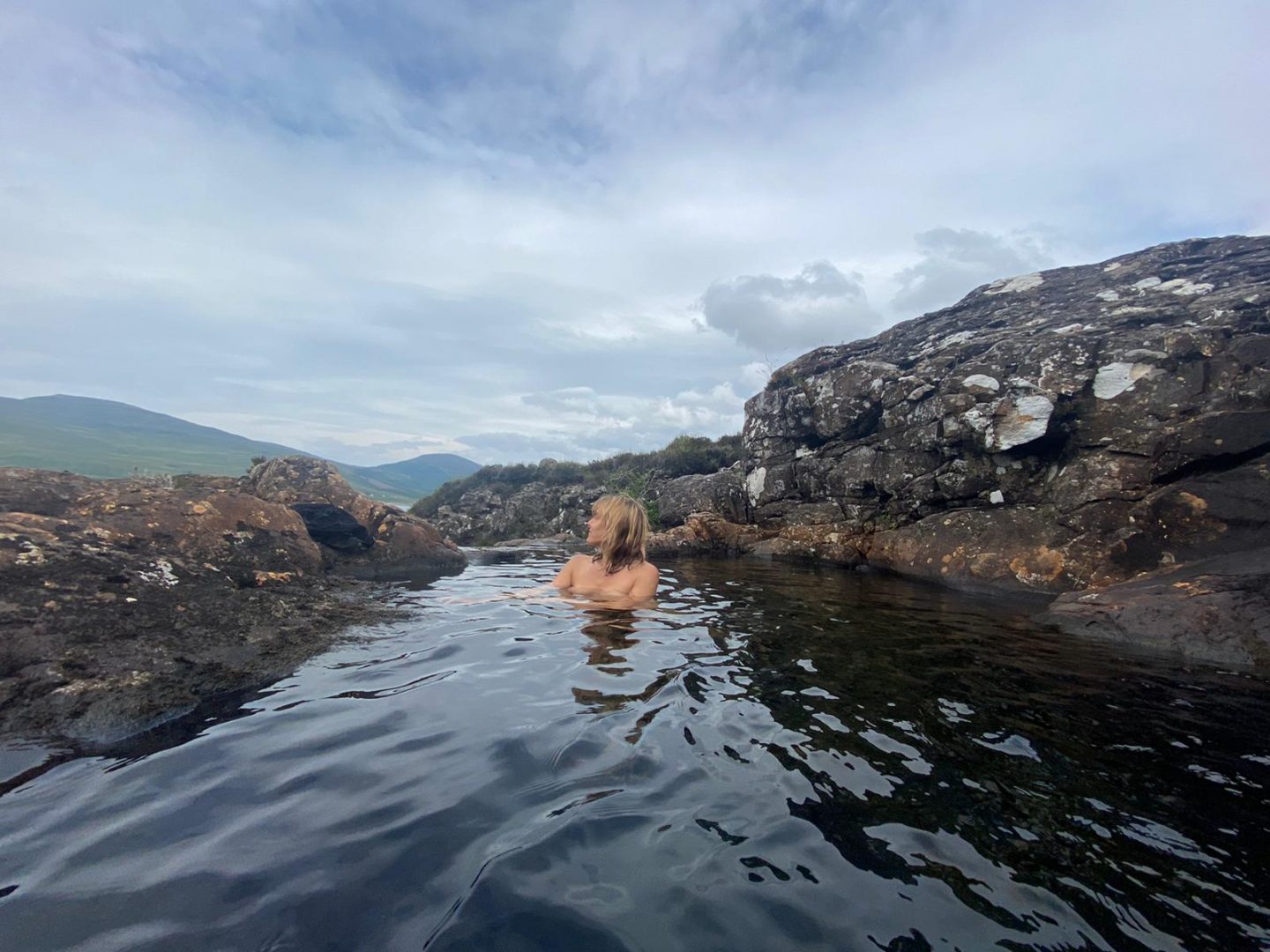
After various explorations and training into movement practices, I gathered my learnings and created ‘Dance in the Dark’. A movement meditation that is usually practiced in the dark or with as little light as possible. Starting with a gentle guided warm up that helps us connect with our inner world with the aim to move any emotional or physical blockages in an introspective way. Through various techniques with eyes closed or lowered and bare feet, we begin to listen to our body’s needs, observe our feelings and focus on our breath. Then we are prepared for the open-movement section, here we allow the rhythm of the music and our body to guide us however we need on the day. No set dance moves, no expectations and most importantly no judgement. The self critic will be there, just smile at it, breathe and let go as much as you can. It is a practice, there is no right or wrong and the more we try, the more we can soften into being aligned with our true self. All the hidden parts of us that have been stashed away due to societal constraints, people’s opinions or trauma, can safely be witnessed and if ready, we can give ourselves permission to release, and express ourselves through our own personal dance and expression.
Being a Sound Healing Practitioner, DJ, Vocalist and Producer, I love curating the set-lists. I always aim to be mysterious, interesting, rhythmic with a couple of bangers and glide back down to something softening. We then fall to the floor, lie in a resting pose and receive a deep listening sound healing practice. I use deep house, experimental, electronic, ambient, spiritual jazz, afro-beat – anything to get the body moving and the mind as empty as possible.
Once I started running these sessions in person, I was pleasantly surprised to see a lot of men coming and returning to ‘Dance in the Dark’. Something about the non-intrusiveness of moving in the dark together but on a solo journey, being held safely in the space and given permission to go wild. To express your emotions through movement, and to not care what anyone else thinks because they can’t see you and they’re on their own adventure anyway. It appealed to people of all genders, ages and backgrounds but I was intrigued to find out why some of the regulars were men and what drew them to attending.
Giuseppe Gib was a regular to my sessions I held at The Psychedelic Society in London from 2018-2020. I recently asked him why he came back, month after month and what it was that appealed to him.
“I joined Dance in the Dark because I wanted to improve the expressiveness of my body. I felt that my body was “tight” and that I was unable to fully express my emotions. DITD was fantastic: I remember thinking “I didn’t know my body could move like that!”. I got to know my body a bit more, what it likes, where it aches, how it likes to move, how it doesn’t. It surprised me that we spend our entire life inside our body and there’s so much about it we don’t know because we don’t pay attention!
That’s not all I found from the sessions. I found a safe space, a brave space to experiment, to be myself. Sometimes I was explosive, sometimes I was quiet and tired. Either would be ok, because I could just move at my own pace, channel whatever my energy was. Dance in the dark was a sanctum where once you enter, everything else stays out: worries, stress, challenges, commitments. I could just dance, just be. Focus and flow with relaxed concentration. Great music. An exceptional host, Charlie! Friendly people, some of which have become friends, others who were lovely companions for one night. I would usually spend Friday night in a loud place, fooling around, drinking, messing with friends…But when DITD was on, there was no other place I’d spend the night at.”
During lockdown I wanted to continue the work by creating an affordable and accessible online audio subscription service for Dance in the dark. Members can login and access a guided weekly themed one hour session and practice in their own time and space.
You can find more about my work here www.firmfeet.co.uk
Or follow me on Instagram:
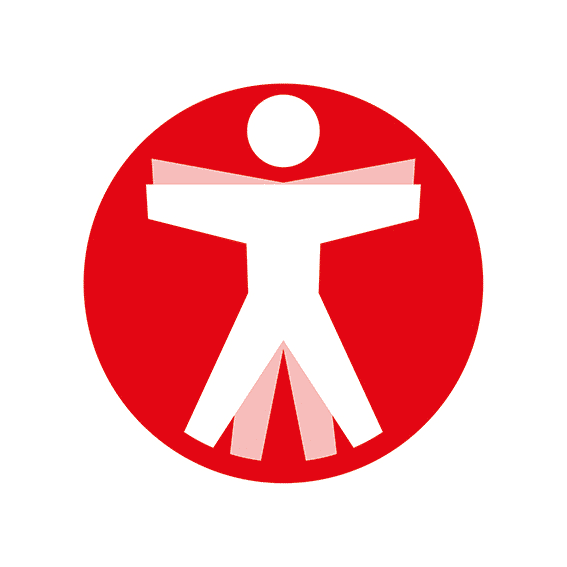
Join The Book of Man
Sign up to our daily newsletters to join the frontline of the revolution in masculinity.




